Lunch is valuable relaxation time for many students, as it allows them to both eat and socialize with friends at the same time. For some, such as sophomore Ethan Saghir, the daily 27 minutes of lunchtime just don’t seem like they’re enough.
 “It doesn’t give many people that much time to eat,” he said.
“It doesn’t give many people that much time to eat,” he said.
The value Saghir puts on having adequate time to eat lunch and hang out with friends is not unique.
According to a 2015 study published in the Journal of the Academy of Nutrition and Dietetics, students allotted less time to eat lunch tend to eat less and waste more than students who were given longer lunch times. Although the American Academy of Pediatrics (AAP) recommends that high school students have at least 20 minutes for lunch, currently, there is no minimum required time for lunch in American schools.

Saghir said his experience further reflects these findings.
“If you have more time to eat, you can have more food to eat,” Saghir said.
However, contrary to Saghir’s views, according to cafeteria manager Theresa Quade, a lack of time to eat one’s lunch is not a major problem here at CHS.
“I’ve stood out there and watched all the kids that come through, and the very last student that goes through that line had exactly 18 minutes to finish their lunch,” she said. “So, of course if you’re one of the first kids in line, you have time.”
However, Saghir, who said he usually has around 27 minutes to eat, disagrees.
Saghir said he thinks the lunch period should be long enough for more than just eating. He said it is just as important for high school students to have that time to socialize with the friends they don’t always get to see throughout the school day.
Another aspect of the school day that causes less time to eat may be long lines at lunches. According to the same AAP study mentioned earlier, schools with longer lunch lines tended to cut down dramatically on the time students had to eat.
 Despite this, according to Jennifer McFarland, director of Carmel Clay Schools food services, students can easily take action to fix this problem.
Despite this, according to Jennifer McFarland, director of Carmel Clay Schools food services, students can easily take action to fix this problem.
She said she advises students to take advantage of the multiple lines offered at CHS, since lunch lines often offer the same foods. This would help to cut down on waiting times, simultaneously providing more time for eating.
Saghir said he agrees that lines are not a huge problem at CHS. He said while he does believe the lines are rather long, he finds them easy to get around.
The earlier AAP study also points to an increase in wasted food when students have too little time to eat.
However, according to Quade’s experience, this is also not a problem at CHS.
Quade said she believes most food is thrown away not because there isn’t enough time to eat, but because students are full. Still, she said cafeteria staff keep a close eye on what is and is not thrown away.
“Yesterday, I saw green beans in the trash can. I think whoever was throwing them away probably got full and couldn’t finish them, because they went through most of it. It wasn’t like they were throwing a whole tray of vegetables away. But we watch waste very carefully. We do production reports and ask the custodial staff what they’re seeing in the garbage cans.” she said.
Saghir said his lunchroom habits reflect this trend of not leaving many dishes unfinished.
“I try not to throw away much food, maybe a few sides because I was done eating,” he said.
McFarland said the cafeteria staff still pays close attention to student opinions on the lunches and items available.
“If  an item is not selling strongly, we want to change that—provide something different, or provide something new,” she said.
an item is not selling strongly, we want to change that—provide something different, or provide something new,” she said.
Quade said she agrees student input can still improve conditions.
“It sounds corny, but when kids come into the cafeterias, we want them to feel comfortable, we want them to feel free. It’s their time off from their daily schedule and we want them to enjoy decent food. I always want kids to feel that they can say anything to us, ask us anything, communicate,” she said.
Saghir said he thinks there are still some ways the lunchroom can improve, and not only by incorporating more time for eating and socializing.
“We need longer lunch periods, and better bread,” he said.













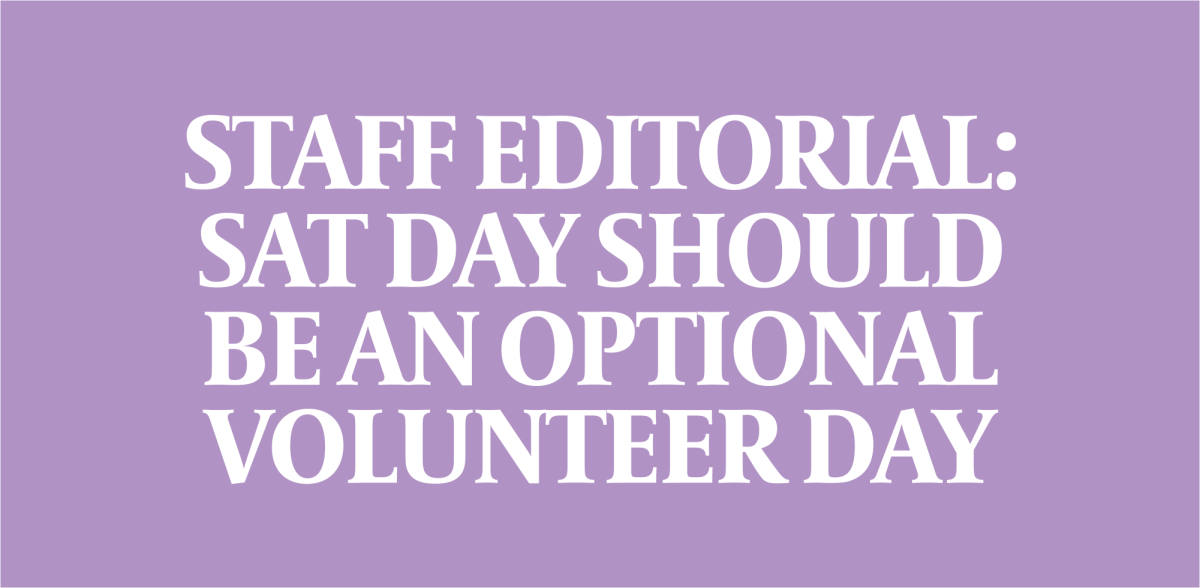




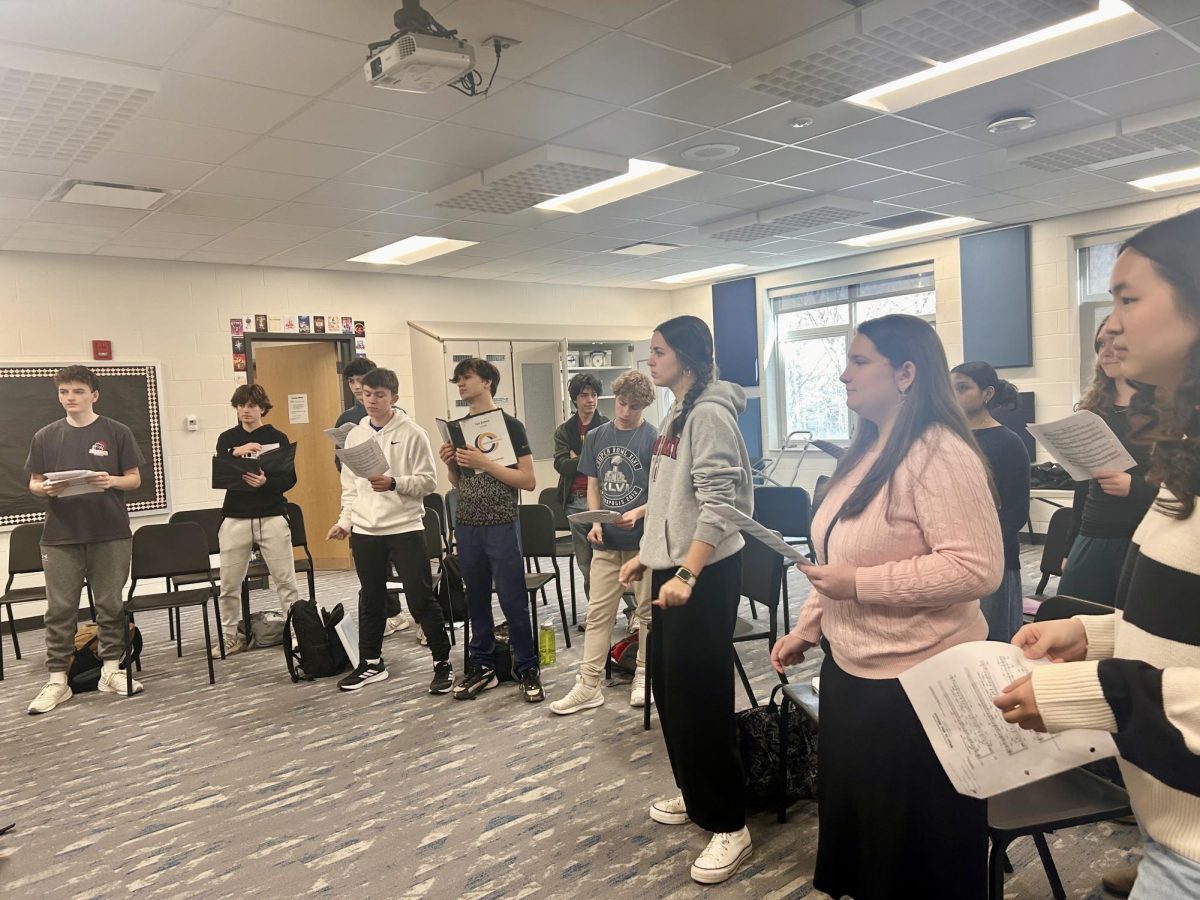

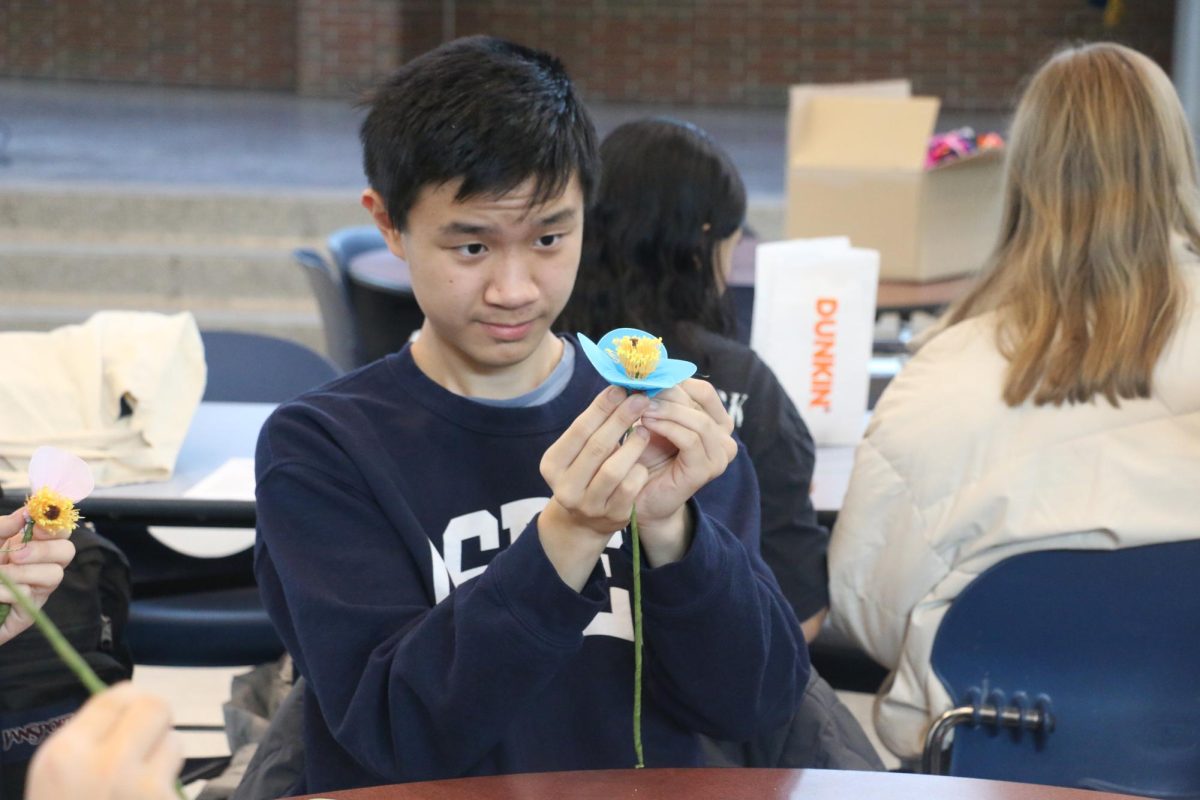



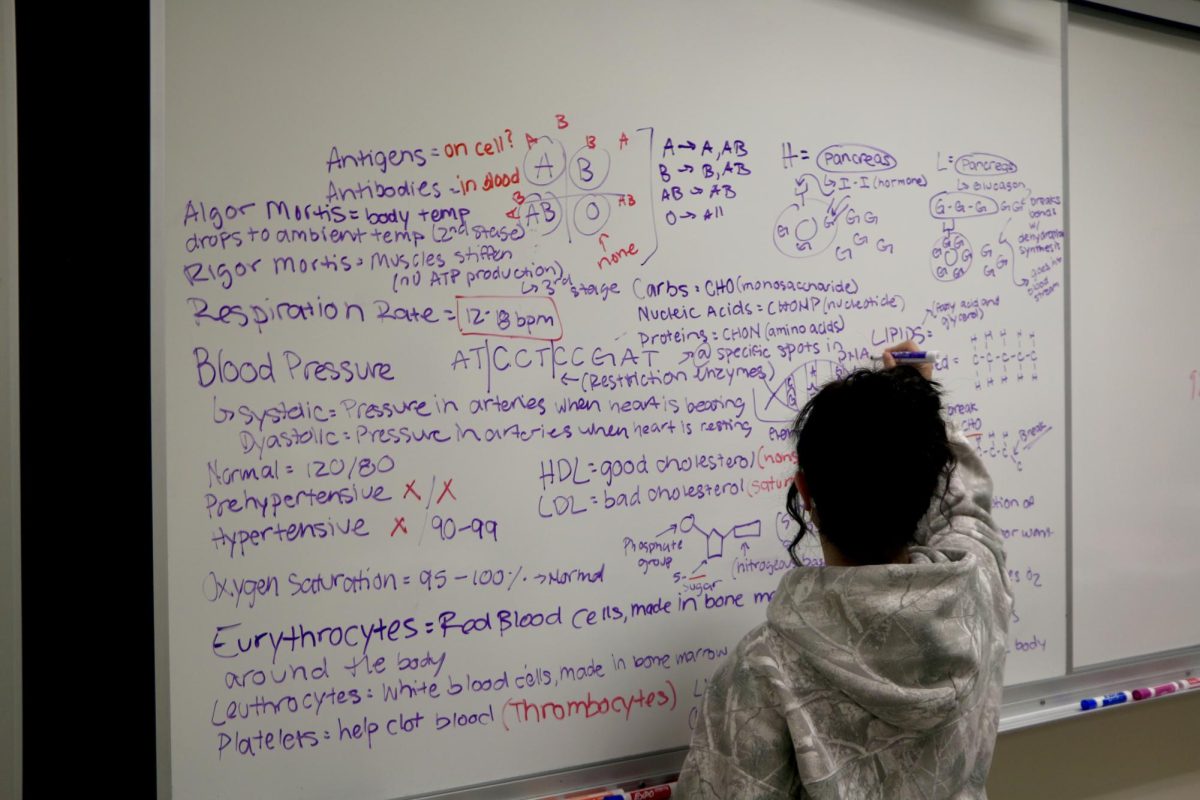
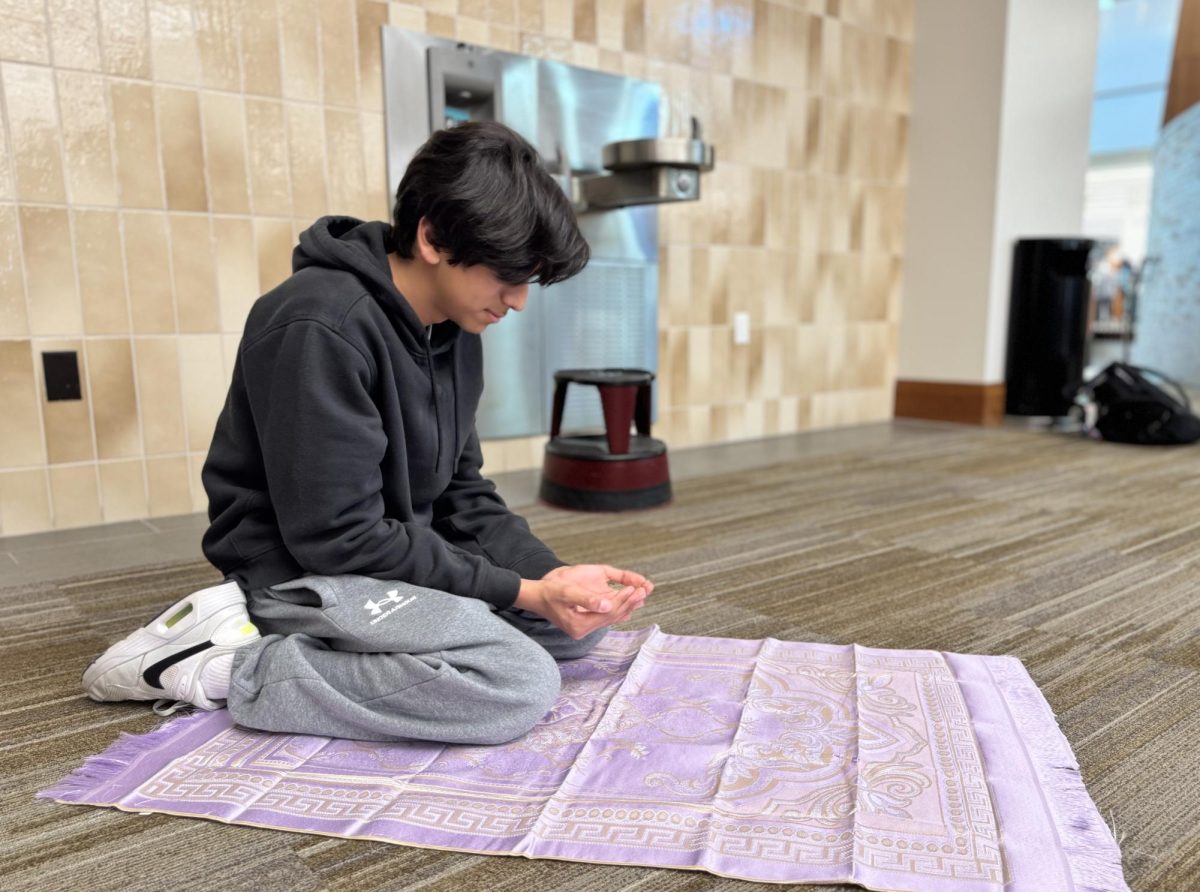





![AI in films like "The Brutalist" is convenient, but shouldn’t take priority [opinion]](https://hilite.org/wp-content/uploads/2025/02/catherine-cover-1200x471.jpg)













































![Review: “The Immortal Soul Salvage Yard:” A criminally underrated poetry collection [MUSE]](https://hilite.org/wp-content/uploads/2025/03/71cju6TvqmL._AC_UF10001000_QL80_.jpg)
![Review: "Dog Man" is Unapologetically Chaotic [MUSE]](https://hilite.org/wp-content/uploads/2025/03/dogman-1200x700.jpg)
![Review: "Ne Zha 2": The WeChat family reunion I didn’t know I needed [MUSE]](https://hilite.org/wp-content/uploads/2025/03/unnamed-4.png)
![Review in Print: Maripaz Villar brings a delightfully unique style to the world of WEBTOON [MUSE]](https://hilite.org/wp-content/uploads/2023/12/maripazcover-1200x960.jpg)
![Review: “The Sword of Kaigen” is a masterpiece [MUSE]](https://hilite.org/wp-content/uploads/2023/11/Screenshot-2023-11-26-201051.png)
![Review: Gateron Oil Kings, great linear switches, okay price [MUSE]](https://hilite.org/wp-content/uploads/2023/11/Screenshot-2023-11-26-200553.png)
![Review: “A Haunting in Venice” is a significant improvement from other Agatha Christie adaptations [MUSE]](https://hilite.org/wp-content/uploads/2023/11/e7ee2938a6d422669771bce6d8088521.jpg)
![Review: A Thanksgiving story from elementary school, still just as interesting [MUSE]](https://hilite.org/wp-content/uploads/2023/11/Screenshot-2023-11-26-195514-987x1200.png)
![Review: "When I Fly Towards You", cute, uplifting youth drama [MUSE]](https://hilite.org/wp-content/uploads/2023/09/When-I-Fly-Towards-You-Chinese-drama.png)
![Postcards from Muse: Hawaii Travel Diary [MUSE]](https://hilite.org/wp-content/uploads/2023/09/My-project-1-1200x1200.jpg)
![Review: "Ladybug & Cat Noir: The Movie," departure from original show [MUSE]](https://hilite.org/wp-content/uploads/2023/09/Ladybug__Cat_Noir_-_The_Movie_poster.jpg)
![Review in Print: "Hidden Love" is the cute, uplifting drama everyone needs [MUSE]](https://hilite.org/wp-content/uploads/2023/09/hiddenlovecover-e1693597208225-1030x1200.png)
![Review in Print: "Heartstopper" is the heartwarming queer romance we all need [MUSE]](https://hilite.org/wp-content/uploads/2023/08/museheartstoppercover-1200x654.png)


